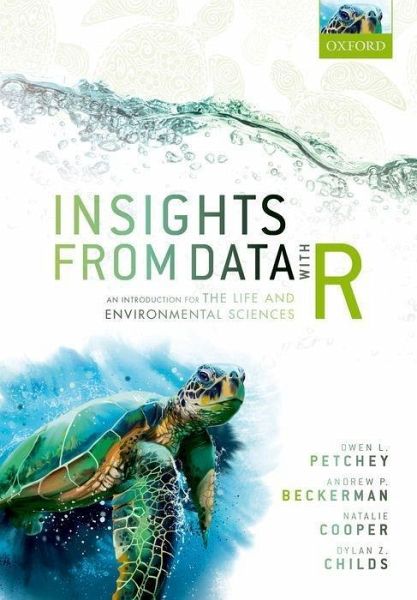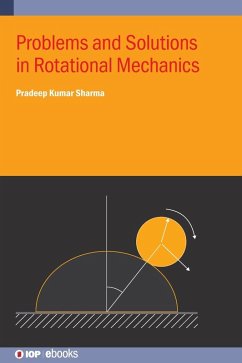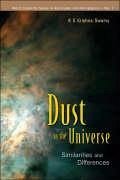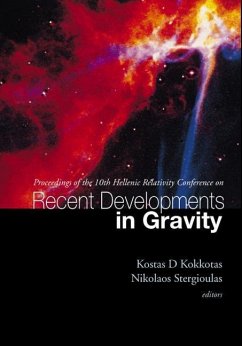
Insights from Data with R
An Introduction for the Life and Environmental Sciences
Versandkostenfrei!
Versandfertig in über 4 Wochen
Weitere Ausgaben:

PAYBACK Punkte
48 °P sammeln!




This accessible and engaging book provides readers with the knowledge, experience, and confidence to work with raw data and unlock essential information (insights) from data summaries and visualisations.
Owen L. Petchey is Professor of Integrative Ecology at the Department of Evolutionary Biology and Environmental Studies, University of Zürich, Switzerland. He has used R for nearly 20 years, and has particular expertise in teaching beginners, multivariate statistics, spatial data, programming, maximum likelihood estimation, and visualisation (i.e., nice graphs!). His research focuses on the causes and consequences of extinctions in a changing world. His group performs experiments with microbial communities, models the structure of food webs, analyses variation in biodiversity, and does fieldwork in Iceland, the UK, and Switzerland. Andrew P. Beckerman is Professor of Evolutionary Ecology at the Department of Animal and Plant Sciences, University of Sheffield, UK. He has used R for nearly 20 years, and has particular expertise in teaching the exploration, visualisation and analysis of simple and complex data. His research focuses on the structure and dynamics of ecological communities facing multiple simultaneous stressors. His group models the structure and dynamics of food webs, analyses trait and population responses to environmental variation, and explores the conservation ecology of endangered species. Natalie Cooper is a Researcher at the Natural History Museum, London, UK, where her research focuses on understanding the evolution of biodiversity. She works on all kinds of organisms, from parasites to blue whales, and does all of her research in R. Dylan Z. Childs is a Senior Lecturer at the University of Sheffield, UK. He has used R for over 15 years and has particular expertise in teaching population modelling and advanced statistical tools such as mixed models. His research focuses on data-driven modelling of populations and communities. His group uses demographic methods to model structured population dynamics, analyses trait and population responses to environmental variation, and develops methods for integrating individual- and population-level data into predictive models.
Produktdetails
- Verlag: Oxford University Press
- Seitenzahl: 316
- Erscheinungstermin: 25. April 2021
- Englisch
- Abmessung: 246mm x 175mm x 20mm
- Gewicht: 771g
- ISBN-13: 9780198849810
- ISBN-10: 0198849818
- Artikelnr.: 60906318
Herstellerkennzeichnung
Libri GmbH
Europaallee 1
36244 Bad Hersfeld
gpsr@libri.de
Für dieses Produkt wurde noch keine Bewertung abgegeben. Wir würden uns sehr freuen, wenn du die erste Bewertung schreibst!
Eine Bewertung schreiben
Eine Bewertung schreiben
Andere Kunden interessierten sich für











